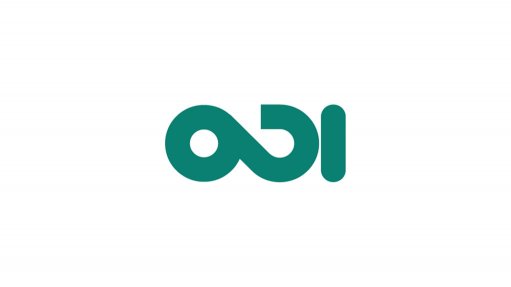
This brief explores two different types of carbon markets: baseline-and-credit mechanisms, which are primarily structured around offsetting and enable trade in certified emissions reductions between countries and companies (an example being the Clean Development Mechanism –CDM); and cap and trade schemes or emissions trading systems (ETS), which are based on agreed allowances and permits.
Key Messages
While carbon border adjustment mechanisms (CBAMs) are receiving much attention at the World Trade Organization, there is a striking absence of focus on trade in carbon, carbon markets and carbon standards. However, these aspects feature high on the UNFCCC negotiators’ agendas because they are necessary to support the development of market mechanisms under Article 6, secure environmental integrity and create monitoring, reporting and verification frameworks.
Negotiations for a multilateral framework for trade in carbon under Article 6 of the UNFCCC framework are particularly relevant for Least Developed Countries (LDCs) given their urgent needs to secure climate finance. In addition, common frameworks for carbon accounting are needed to support trade and development objectives.
The imposition of CBAMs will increase the costs of trade. There are limited options to mitigate these currently for LDCs whose exports may be affected. Mitigating the increased trade costs and complexity that may result from CBAMs will be challenging for LDCs to navigate without commensurate support.
Mozambique is particularly vulnerable to the proposed European Union’s CBAMs. However, as the scope of the EU’s CBAM grows and as other countries also consider applying their own CBAMs, more LDCs could be affected. These trends have important implications for pre- and post-graduation support for LDCs.
Report by the Overseas Development Institute